Only at the first spring sunshine, the land on the beds and forest glades will be free from the white "blanket", small green green sprouts appear in these places, with each riding day, actively increasing their sizes. And very useful to us this fresh greens, because the body is eager for nutrients and vitamins. Therefore, many daches who are not able to go for the sorrel in the forest, grow it in their garden. By the way, there are other names at the plant: an acids, acids, feeling.
Characteristic and features of sorrel
Sorrel - the plant is perennial belonging to the Buckwheat family. He has a rod root, well branches, in the ground can leave for 25 centimeters. On the root head you can see a lot of kidneys. It is here in the future and the development of leafy plates occurs. Most often their foundation is a spear, heart-shaped or sweat. The edge of the leaves sorrel is solid. On fertile soils, the length can be from 10 to 15 centimeters. The central vein is pronounced. When the outlet is cut off, the kidney awaken is soon, after which the greenery rises again. For the second year, sorrel gives a reprehension of stalks that have rubbish. If you do not turn, then their height is from 60 to 100 centimeters. With these juicy and gentle with the backs of the "Males" likes to rummage. But when pink or reddish inflorescences are ripening on the stems, called "sweatshops, then they are stubble, their structure becomes fibrous. The base of the stem may have a dark purple color. On the stems, seating leaves are placed. Their form is an ovoid-oblong, oval, elongated.
Laboratory studies have shown that they contain ascorbic acid, carotene, other vitamins, flavonoids (rutin, hyperoside), proteins, organic acids, microelements.
Sorrel is growing in Europe, Asia, North Africa, Western Australia, Russia (including Siberia, the Territories of the Far East).
The most important advantages of culture are frost resistance and cold resistance. It is not terrible to sparing no harsh winters nor spring decrease in temperature up to minus 7 ° C. Sprouts are punctured from sorrel seeds when the soil temperature is total plus 3 ° C. However, shooters are more friendly when the temperature is plus 17 ° C and higher. To rosets sorrel well developed, they need wet soil. When the moisture is not enough, the sorrel begins to smack, the leaf plates are stuck. But in those places where the water is constantly accumulated, sowing is not worth it. The preferred reaction of the medium is neutral or weakly acidic. In one place, sorrel is able to give good yields for four to five years. It is advisable to make a bed where there is a slight shading (from trees, fence, barn), and the sun's rays light up and warm this place in the evening.
In a wild sorrel, if you compare it with cultivated, the taste of leaves is sharper, and their size is smaller.
Sorry varieties that are in the greatest demand for gilders:
- Belvilsky "- known for a long time, in good conditions gives about seven kilograms from a square meter per season, transfers harsh winters, in the summer shows resistance to flowerness. Suitable for sauces, spring salads, and preservation.
- "Slavicizer" will share the greens for the same time in about 45 days after the day sprouts got out of the ground. The leaves are elongated-egg-shaped, weakly acidic, their painting is dark green, there are long stiffs. Width plates - 7 centimeters, and length up to 16 centimeters. The socket from them is loose. The minus lies in the fact that in the hot summer, if there is little precipitation, then this sorrel quickly fastens.
- "Large" - leaves of light green, pleasant taste, width from six to ten centimeters, and up to fourteen centimeters. You can cut the first batch after 35-40 days from the day of the crossing from the Earth. Suitable for different regions of the country. It is distinguished by amazing resistance to frost and shorting.
- "Malachite" - has beautiful green smooth (or slightly bubble) spear-shaped leaflets, the edge of which is wavy. Very quickly grow. The first cut can be made in 40-45 days from the moment the shootings noticed from Earth.
- "Emerald Vitamin" - the first time its light green gentle leaves can be cut through 37 days, and then every 18 days. The shape of the sheet plates is extended, oval, and the taste they are sour-sweet.
- "Emerald Snow" - an expansion socket consists of weakly chopped egg-shaped leaves. She looks beautifully on the garden, gives abundant yields of pleasant to the taste of leaves.
- "Spinach" - is referred to as medium. The socket from large leaves is obtained by loose. Their color is saturated green, the taste of weakness.
Love new items, then we suggest trying in practice such varieties that have high yields - "Winter stock", "Vegetarian", "Schi-Borishchi", "Trapeza", "Avdeevsky".
Now the attention of dachniks attract decorative varieties, which are also suitable for culinary purposes: "Red veins", "Sanguine", "Bloody Mary".
Landing sorrel
Greater under this culture is desirable to prepare in the fall. The territory is drunk, with a mixture of humus and wood ash. You can add 7 kilograms of compost, 25 grams of potassium chloride, 35 grams of superphosphate per square meter. Urea is brought in the spring, 20 grams measured per square meter. The place must be cleaned from weeding herbs, especially from the roots of drinking, otherwise they will take the nutrient elements from sorrel. We mention about the predecessors of sorrel, after which it develops well - this is dill, carrots, parsley, radishes, coarse, salad, potatoes.
Permissible seed seeds in three times:
- in November or October (when the soil is a little submool);
- in April (when the earth begins to lean);
- in July (after radishes, spinach, Beijing cabbage and Luke).
From dry seeds, sprouts will appear in about two weeks. If the seeds are soak, it will accelerate their crossing (everything happens on the eighth day). Under the film, shoots are usually shown on the sixth day. Recommended sealing depth from 15 to 30 millimeters. Between the rows, leave a distance of 20 centimeters. With a summer sowing, a garden is inspired by peat or humus. On average, one square meter of land is about one gram of seeds.
Further care for sorve
- Be sure to thin your shoots, first making the distance between plants of four centimeters, and then six to seven centimeters.
- The main aspect when growing sorrel is not too abundant, but timely watering, regardless of what time you planted seeds. If the soil under the sorrel will be poured, then such conditions of content provoke the emission of planting plants, which will immediately affect the taste qualities of the greenery.
- Periodic canopy and loosening will also influence the crop. It is possible to facilitate your work if after irrigated to carry out mulching of landings. Then weeding herbs on the garden will appear less.
- When the floral arrow appears from the outlet, then cut it off.
- In the morning the leaves are more juicy, so there is preferably to spend their cutting on this time using scissors or a small comfortable knife. At the same time, leave in the ground with a stir of 3-5 centimeters. Small leaflets located in the center of the socket do not touch, let them continue to gain nutrients. Sometimes novice daches simply pull the sheet, hoping that he will break away. But at the same time there is a big risk that the plant will quickly break down with the root. Cutting is usually produced every two or three weeks. Approximately a month before the alleged autumn frosts, the cutting of the greenery should be stopped to allow sparing to relax a bit and gaining strength before wintering.
- Before the arrival of the calendar winter on the roots remaining in the garden, you can sample the contents of the computers, overwhelming sawdust.
- Early spring old leaves on the sornery sockets are removed, squeeze the stalks. At this time, mineral feeding attacks are appropriate, for each square meter it is brought along a teaspoon of ammonium nitrates, superphosphate and potassium salts. You can take advantage of a strongly diluted cowboy, rosyaka or by overwhelming the spectal infusion.
If you want to get your own seeds from sorrel, then you choose a few copies in the spring and during the summer season do not cut the leaves from them. Pinkish flowers will appear in approximately June. Seeds in sweatshops ripe in July, acquiring a brownish color. Cut the "sweatshirts", tie them into bundles and leave for 10 days to dry and ripening. Then overtake the hands of the "sweatshirts" by removing the garbage. If you keep seeds in a dry place, then their germination will continue for four years.
With proper care, sorrel does not cause trouble. Nevertheless, sometimes he is overwhelmed by diseases:
- Rust - Then there are specks on the leaves and stiffs, whose color is yellowish-brown. On these spots are located sporing dark boxes. You can save a plant from the disease using a solution in which the copper sulphate is sought.
- False powdery dew - from the bottom side of the sheet plate is noticeable spots with grayish raid. It is possible to prevent the spread of the disease, if 10 days before the cutting of the greenery to treat plants with burgue liquid or "phytoosporin".
The pests who adore can be enjoyed by juicy leaves - this is the sorveless leaves, the caterpillars of the peel, winter scoops. Then it will have to spray plants with influences prepared using the mouth, garlic, tomato branches. In the invasion of the colonies of the Tlimi, make regular spraying with influences based on onion husks, leaf leaves or dandelion. Useful will and pointing the leaf plates with ash powder. In the fall of cuts of the leaves are treated with informs from potatoes or tomatoes. At the same time, you can take advantage of the phytographer under the name "Phytoverm" or the Anabazin-Sulfat preparation.
Taking two ridges on the site for different sorrel varieties, you will provide your family not only greens for vitamin, but also prepare canned sorrel in half-liter jars for winter. And still washed and cut leaves can be decomposed after drying by packages with a special clasp and send to the freezer.

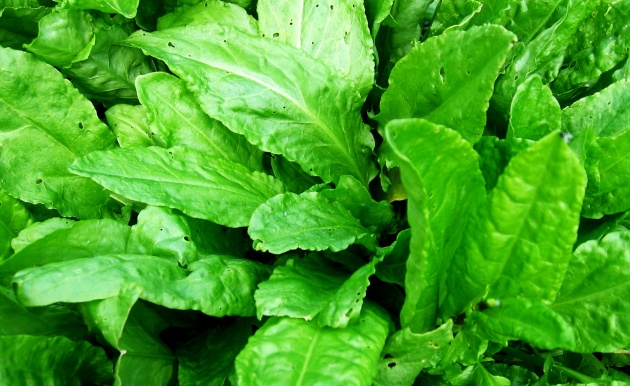
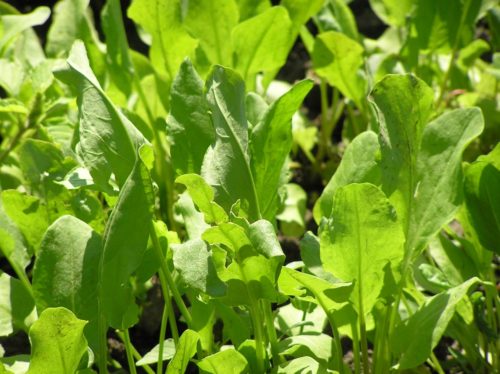
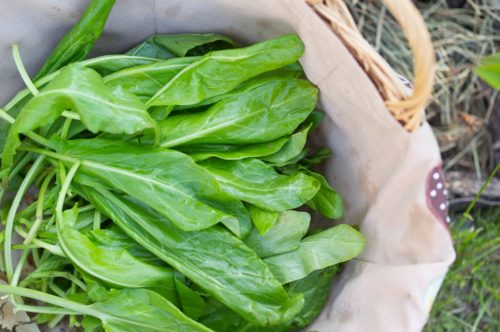

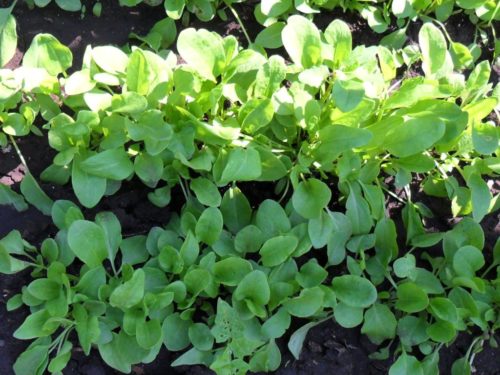
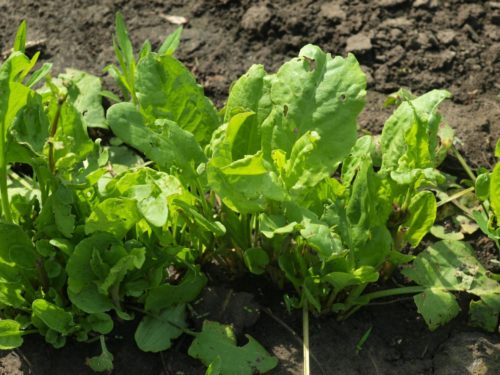
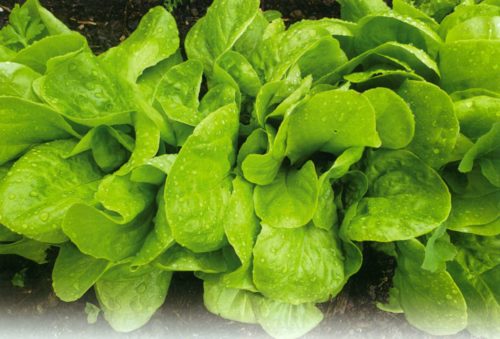
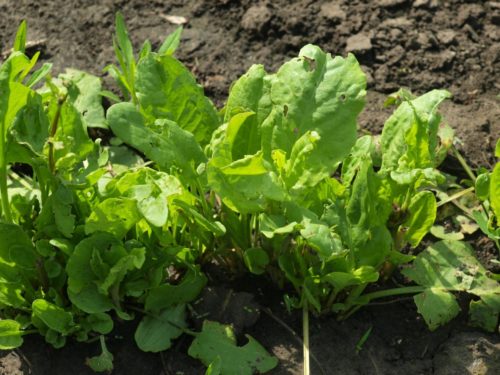
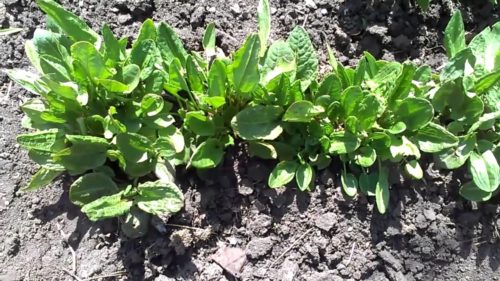


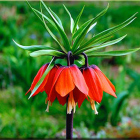
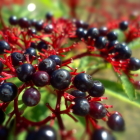







 Start a discussion ...
Start a discussion ...